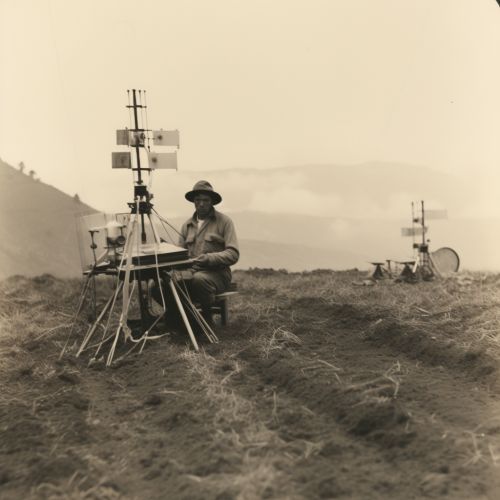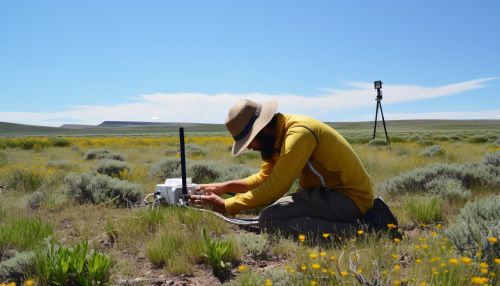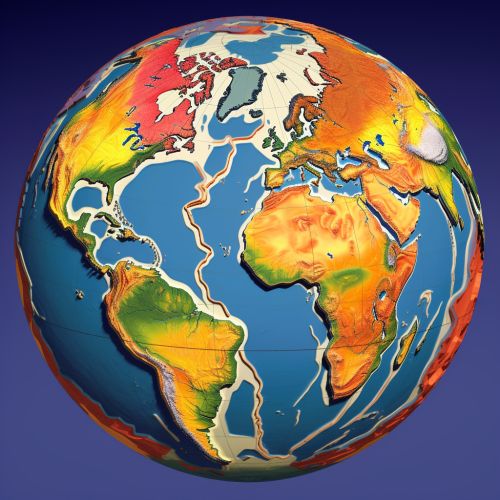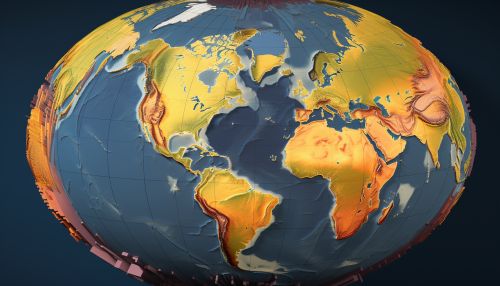The Role of Geophysics in Earths Interior Study
Introduction
Geophysics is a specialized discipline within the realm of earth science, which employs the principles of physics to probe and understand the Earth's interior. This interdisciplinary field fuses elements of geology, physics, mathematics, and computer science to decipher the structure, composition, and processes occurring within the Earth's interior. This article aims to explore the role of geophysics in investigating the Earth's interior, shedding light on the various techniques utilized, the discoveries made, and the implications of these findings for our comprehension of the Earth.


Geophysical Techniques
Geophysical techniques are a set of methodologies used to scrutinize the Earth's interior. These techniques hinge on the measurement of physical properties such as gravity, magnetism, electricity, heat, and seismic waves. The data gathered from these measurements are subsequently employed to construct models of the Earth's interior.
Seismology
Seismology is the scientific study of seismic waves, which are energy waves that traverse through the Earth's interior. Seismic waves are generated by earthquakes, volcanic eruptions, and man-made explosions. By examining the way these waves propagate through the Earth, seismologists can deduce information about the Earth's interior structure and composition.


Gravity and Magnetic Methods
Gravity methods involve the measurement of the Earth's gravitational field. Fluctuations in this field can indicate disparities in the density of the Earth's interior, providing insights into its structure and composition. Magnetic methods, conversely, involve the measurement of the Earth's magnetic field. These measurements can unveil information about the Earth's interior, especially the crust and upper mantle.


Electrical and Electromagnetic Methods
Electrical and electromagnetic methods entail the measurement of the Earth's electrical and electromagnetic fields. These measurements can yield information about the Earth's interior, particularly the presence of water, minerals, and other conductive materials.


Discoveries and Contributions
Geophysics has made significant strides in enhancing our understanding of the Earth's interior. Through the application of geophysical techniques, scientists have been able to map the Earth's interior, revealing its layered structure and offering insight into the processes that transpire within it.
The Earth's Layered Structure
One of the most pivotal discoveries made through geophysics is the Earth's layered structure. Through the study of seismic waves, scientists have determined that the Earth is composed of several layers: the crust, the mantle, and the core. Each of these layers possesses unique physical and chemical properties, which have been inferred from geophysical data.


Plate Tectonics
Geophysics has also played a critical role in the evolution of the theory of plate tectonics. This theory, which elucidates the movement of the Earth's lithospheric plates, is grounded in geophysical data. Through the study of seismic waves, scientists have been able to map the boundaries of these plates and monitor their movement.


Implications and Future Directions
The study of the Earth's interior through geophysics has profound implications for our understanding of the Earth and its processes. It offers insight into the Earth's history, its current state, and its future. Furthermore, it has practical applications in areas such as natural hazard assessment, resource exploration, and environmental management.
Looking ahead, geophysics is set to maintain its pivotal role in the study of the Earth's interior. With the advent of technological advancements and computational methods, the field is poised to make even more significant discoveries in the future.


